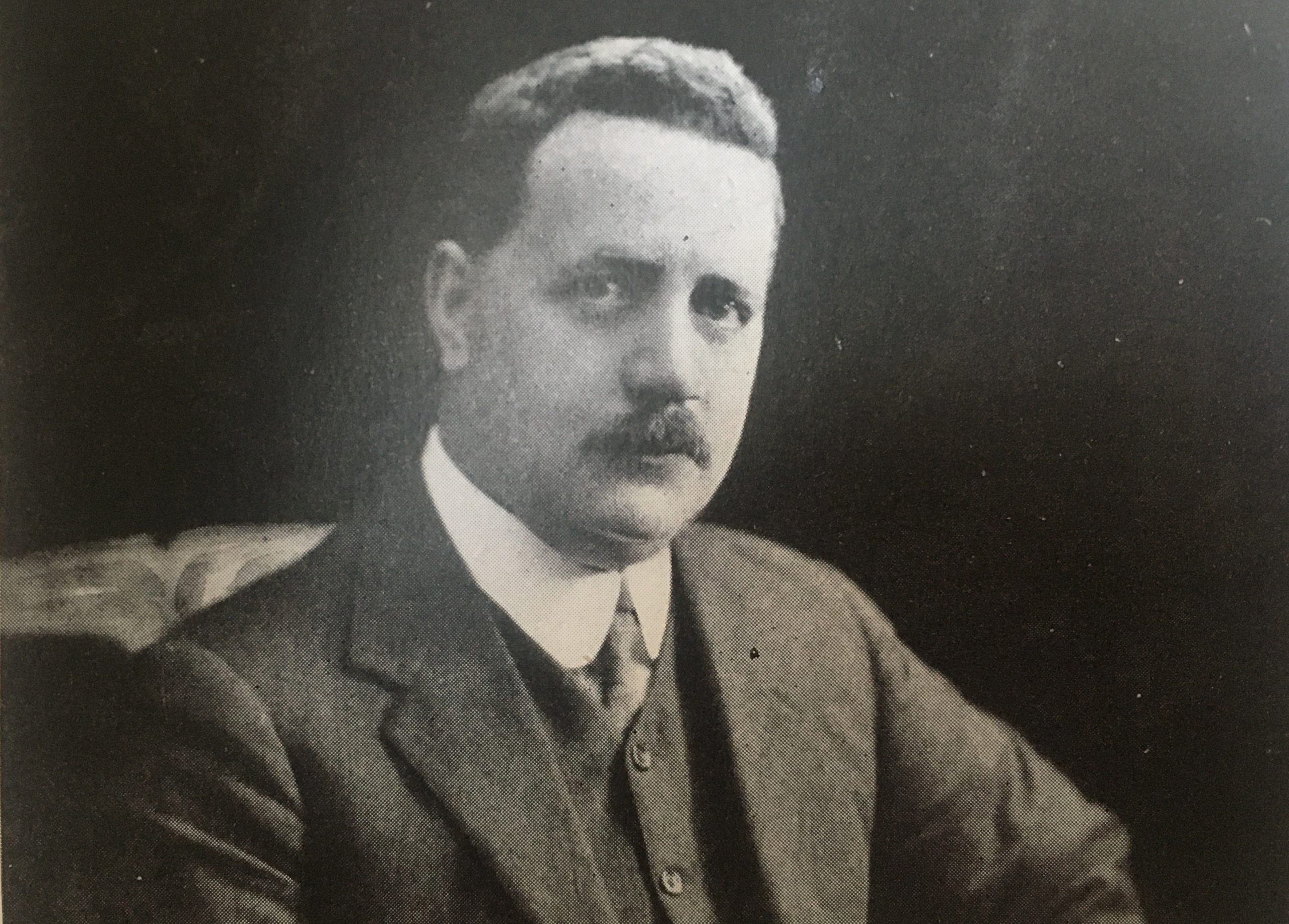130 years of Cycling - How it all began
Cycling Weekly magazine celebrates its 130th year through 2021. The story of how it all began is one of quiet revolution inspired by a group of young men in a drastically changing cycling scene


It might be the elder statesman of cycling magazines, a constant throughout a century of two-wheeled progress and a reassuring presence in the lives of five generations of cyclists, but it was a group of anti-establishment, angry young men that created Cycling.
Its founder, Edmund 'Sally' Dangerfield, was just 26 when Cycling was launched on 24 January, 1891. His editor, Charles Sisley, was 23. Walter Groves, the assistant editor, was 24 and Ernest Perman, who looked after the business side, was 23. They were all young, but they had more than their youth in common: they belonged to the first generation of cyclists to have embraced the diamond-framed, chain-driven Safety bicycle, which had arrived six years earlier. They had become increasingly frustrated that not only was there still no magazine for the new type of cycling, but the publishers of the era had no intention whatsoever of creating one.
>>>>Own a piece of cycling history with items from our heritage range
AC Armstrong, editor of Cycling from 1905 to 1910 wrote: “The pontifical editors who catered for veterans of the old high Ordinary in the late Eighties had little use for the new-fangled Safety that robbed its rider of a view above the hedges; nor for the vulnerable pneumatic tyre.
From their Olympian heights these temporary gods looked down superciliously upon the poor mortals seeking to become cyclists the easy way. Moreover, apart from these topics, most of their space was devoted to thinly veiled innuendoes and personal abuse of each other that was lost on the newcomers to the pastime.”

There may have been one other – more personal – reason why Dangerfield, who ran a printing company off Fleet Street with his three brothers, had approached his new Safety bicycle-orientated publishing venture with such zeal: he had short legs. Ernest Perman wrote: “It was the advent of the Safety bicycle in 1885 that enabled Edmund Dangerfield to reach the front rank of road riders."
"He was a good-looking young man, very dark with remarkably fine eyes and an ivory skin. He was strong and sturdy, but his legs were a little shorter than normal, and when he changed from a small direct-drive Ordinary to a geared-up Safety there was a big difference in his speed. The wonderful alteration in the design of the bicycle just suited him.”
Get The Leadout Newsletter
The latest race content, interviews, features, reviews and expert buying guides, direct to your inbox!
In 1890, the year before he launched Cycling, Dangerfield won the first ever Bath Road 100 in 6-38-54hrs. He completed a classic double later that season when he won the North Road 100.
His newfound status as a top rider must have not only given his confidence a boost but it also opened his eyes to the possibilities of the new type of bicycle: a machine for young and old, short and tall, men and women, opening up the excitements of a pastime and a sport to everyone.
It was his clubmates – he was a member of the Bath Road CC and the Catford CC – who eventually persuaded him to move beyond merely printing to publishing from scratch a new cycling journal that was more in tune with the exciting new times.
Dangerfield approached Sisley, the secretary of the Catford CC and the editor of the club’s gazette, to be the first editor of Cycling. Business manager Perman was captain and a founder member of the Catford and assistant editor Groves was the secretary of the Polytechnic CC. All three left better-paid jobs to work on the new magazine.
“Dangerfield had the knack of gathering round him enthusiasts who rated the job higher than the remuneration,” wrote Armstrong.
>>>>130 years of cycling - The stories behind our archive photography
It was no wonder Cycling’s rivals in the older, stuffier periodicals ridiculed the new paper as one run by boys for boys. However, Dangerfield’s paper would survive all of them, and lay the foundation of a highly successful publishing business that he called Temple Press, since their premises at Bouverie Street were close to the Temple.

Dangerfield’s son, Roland, who took over as managing director of Temple Press in 1933 after his father retired, wrote: “It was no easy task to be the son of such as father and founder as Edmund Dangerfield. He was a cyclist, a clubman, a classic 100-mile winner who, as a workaday printer, decided in 1891, when the greatest revolution in bicycle development was taking place, to enter the field of cycling journalism against a covey of established wheel journals. Edmund Dangerfield succeeded because he looked ahead to the possibilities of the pneumatic-tyred Safety bicycle. His older rivals died because they still had their heads in the clouds, perched high on the seats of their Ordinary bicycles.”

Thank you for reading 20 articles this month* Join now for unlimited access
Enjoy your first month for just £1 / $1 / €1
*Read 5 free articles per month without a subscription

Join now for unlimited access
Try first month for just £1 / $1 / €1
Simon Smythe is a hugely experienced cycling tech writer, who has been writing for Cycling Weekly since 2003. Until recently he was our senior tech writer. In his cycling career Simon has mostly focused on time trialling with a national medal, a few open wins and his club's 30-mile record in his palmares. These days he spends most of his time testing road bikes, or on a tandem doing the school run with his younger son.
-
 'I start every race to win' - Mathieu van der Poel fired up ahead of Paris-Roubaix showdown with Tadej Pogačar
'I start every race to win' - Mathieu van der Poel fired up ahead of Paris-Roubaix showdown with Tadej PogačarTwo-time winner says he has suffered with illness during spring Classics campaign
By Tom Thewlis Published
-
 'It's really surreal that now I'm part of it' - 19-year-old Imogen Wolff set to go from spectator to racer at Paris-Roubaix
'It's really surreal that now I'm part of it' - 19-year-old Imogen Wolff set to go from spectator to racer at Paris-RoubaixBrit first came to see the 'Hell of the North' when she was six
By Tom Davidson Published